
Comparison - Bruno Barros Fernandes
The Museum Krems (AT) & The Abbey of Echternach (L)

Today, the Abbey of Echternach is still a sacred building used by one or more Christian denomination(s) for worship, prayer and quiet contemplation.
The abbey is a secondary school named "Lycée Classique d'Echternach", former "Royal College" in 1803 . LCE welcomes some 1,100 students in a unique setting. The buildings combine grand architecture with the needs of a modern education.
"At the LCE, contact with history and cultural treasures is permanent, so that the young people are gradually imbued with the "spirit of Echternach", so dear to our elders." - citation LCE
The most common religious affiliation of Krems and Echternach are roman-catholic. The impressive Willibrordus Basilica is considered the most important religious monument in the country.

In Roman times, there was a large, representative villa rustica in Echternach, probably the centre of a large estate. Therefore, Echternach is one of the oldest Christianisation and cultural sites in Europe. St. Willibrord from Northumberland founded a Benedictine abbey here in 698, which developed into an artistically outstanding school of painting and writing in the 10th and 11th centuries. Throughout the Middle Ages, the artistic production of the scriptorium of Echternach made the reputation of the Benedictine abbey.
Krems is one of the oldest living areas on the Danube. A document from 995 has been preserved which mentions a castle called "Chremisa". This makes Krems the oldest town in Lower Austria. Many artists and craftsmen moved to the prosperous Danube city from the Middle Ages onwards.
Krems and Echternach are very old towns situated next to a river and played an important role in the Middle Ages as well as in Roman times and beyond.

Museum Krems
The Abbey of Echternach

Echternach (in luxembourgish "Iechternach" or "Eechternoach") is a city and a commune in the Grand Duchy of Luxembourg and the capital of the canton of the same name.
Echternach is located on the Sauer. A river, which also forms the border to Germany here. Sauer empties into the Moselle in Wasserbillig/Grevenmacher, two places known for it's wine culture.
Echternach is the oldest city in Luxembourg and the main town of the touristically attractive Little Luxembourgish Switzerland. The Lake in Echternach lies to the south of Echternach.
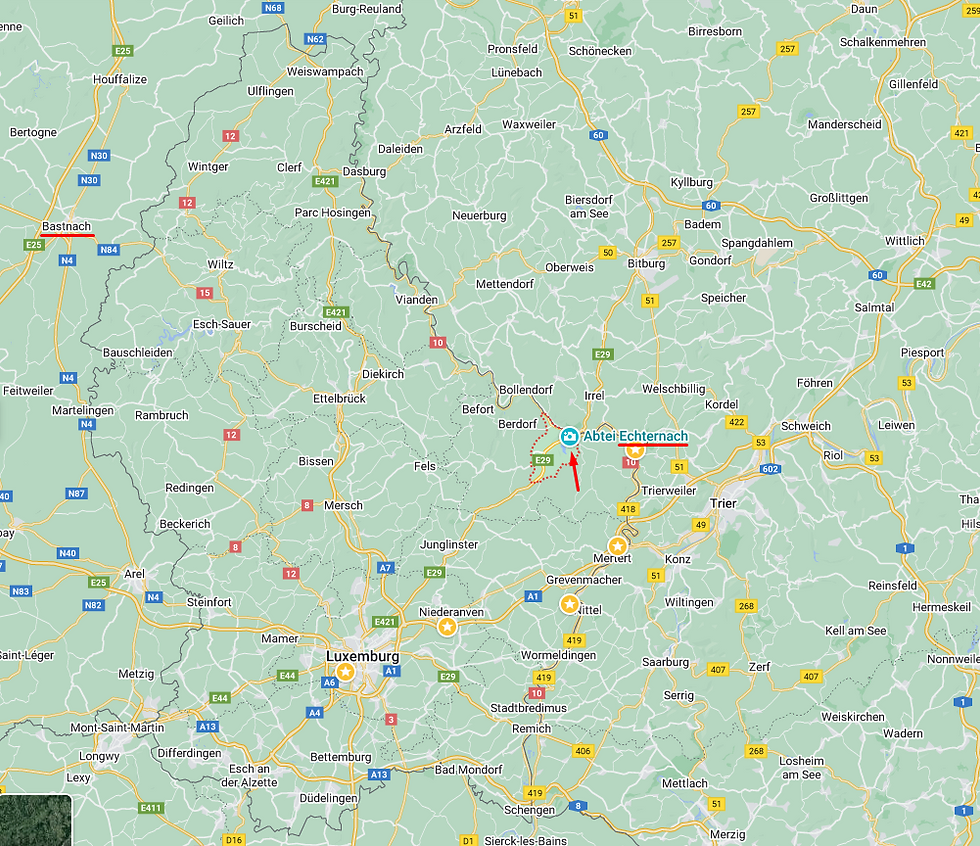
Map of Luxembourg with Echternach highlighted in orange, and the canton in dark red.
Coordinates: 49.8116667°N 6.4216667°E
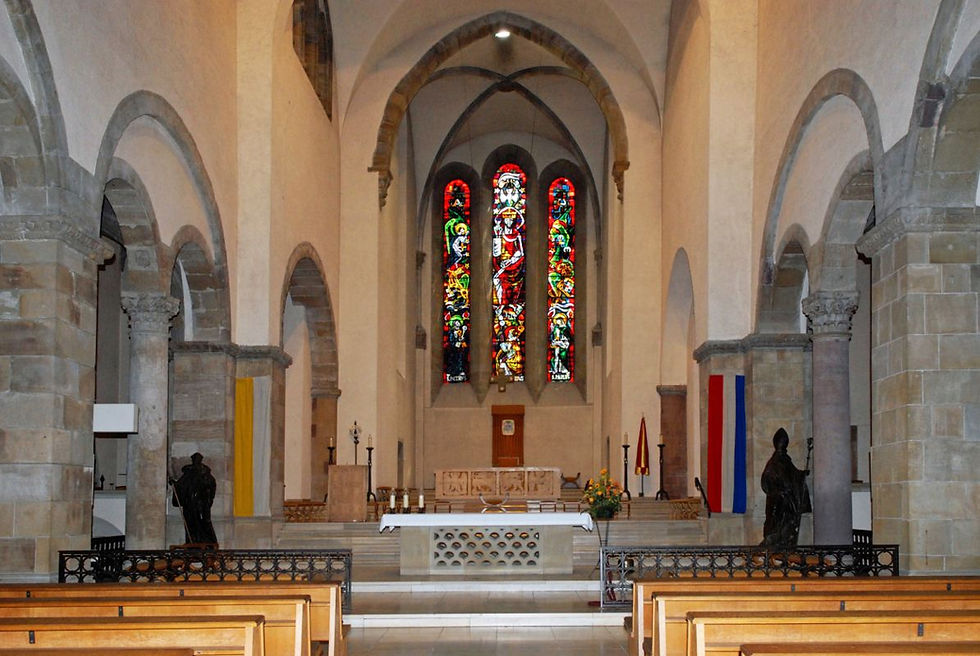
In the 13th century, the installation of Gothic vaults changed the originally Romanesque interior. Cross-rib construction was added to the ceiling and the pillars were fortified aswell as the paintings on the ceiling were renewed.
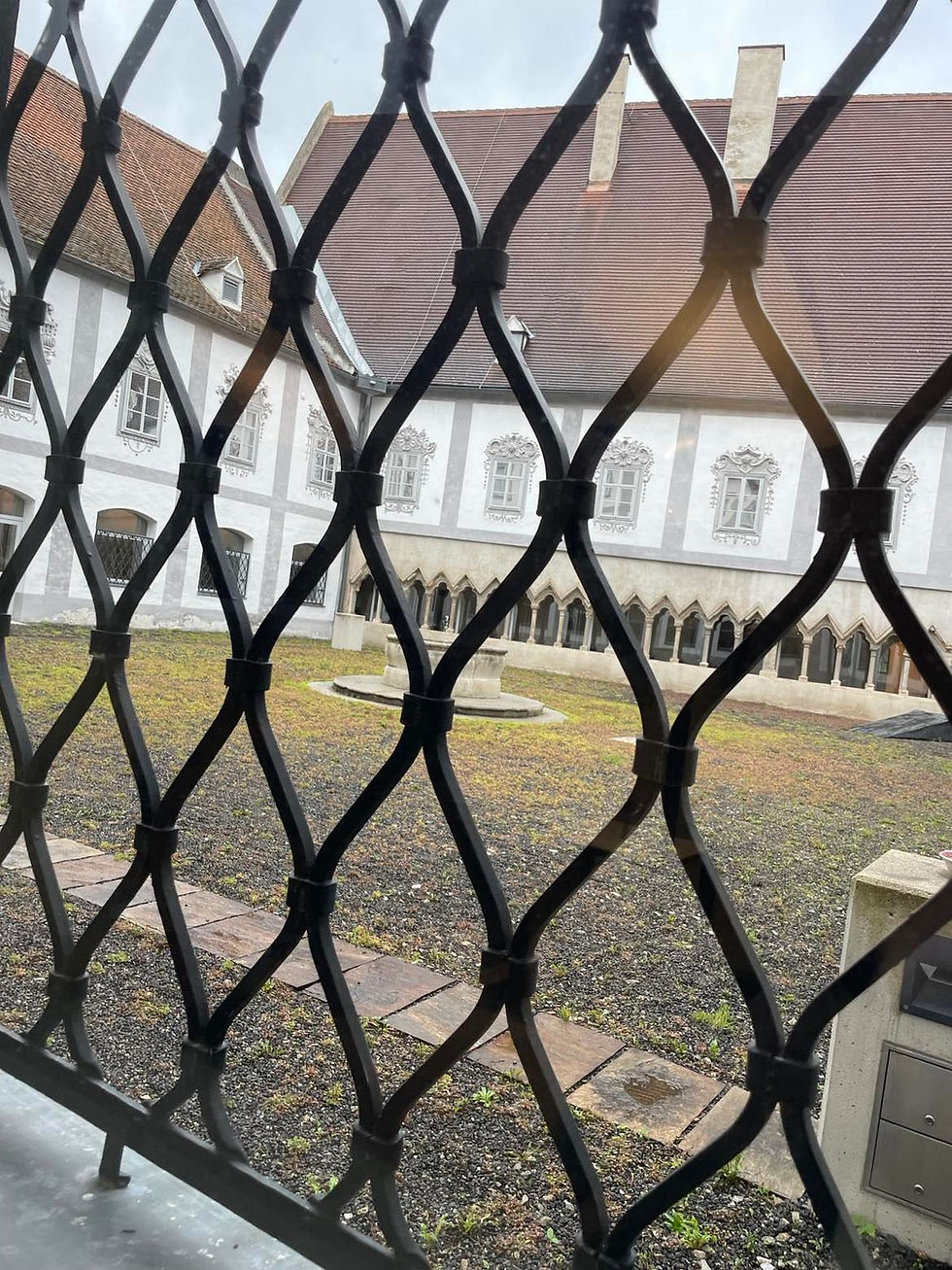
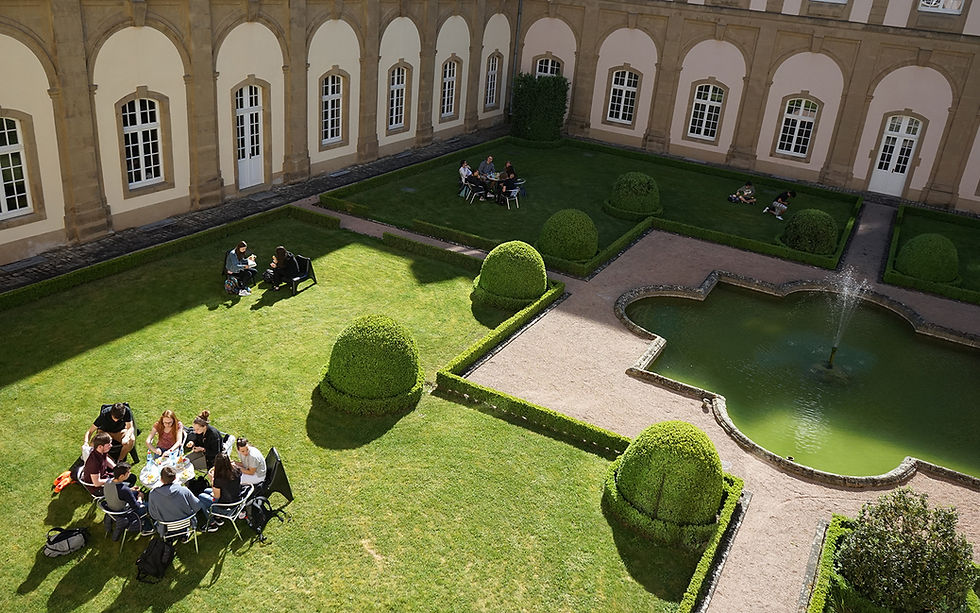

Hans Kupelwieser developed a temporary installation. It reflects the cross-rib construction of the ceiling of the Gothic sacred building onto the floor of the nave by means of an expansive wooden sculpture. The medieval building elements become a walk-in work of art and make the historical architecture of the church interior tangible.
The Otium, the cloister garden in the abbey, is located near the refectory. During the lunch break it is the ideal place to share a meal or a coffee.
The Dominican Church, now the Krems Museum, also has a cloister that gives access to its inner courtyard, with a water fountain in the middle. The cloister is very similar to the one in the Abbey of Echternach.
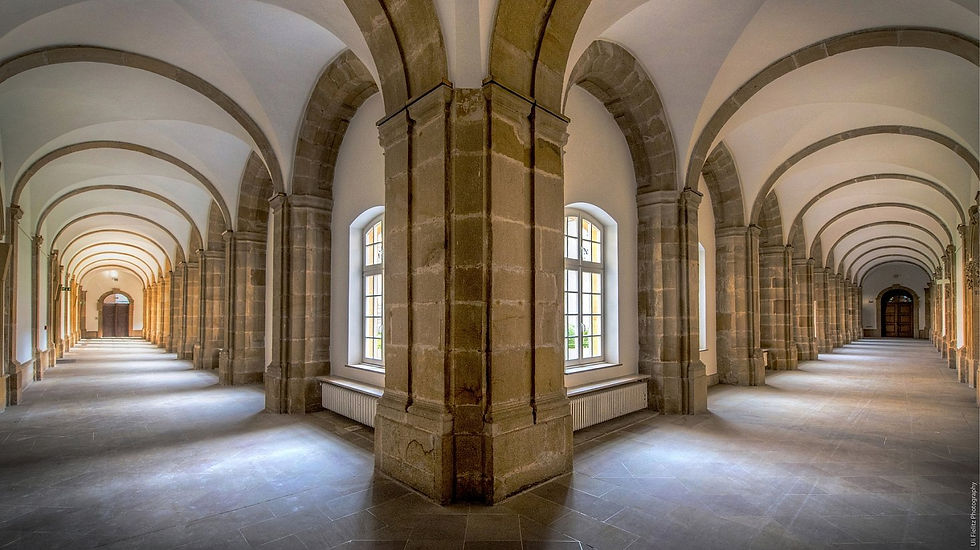
In folk dancing - where the polka has been recorded since about 1835, in Austria since about 1840 - the cheerfulness of the music and the quick turn often lead to quite exuberant dancing. In ballroom dancing, the art consists, among other things, in good dancing posture. There are various distinctions.


The Echternach Jumping Procession is a religious procession that takes place every year on the Tuesday after Pentecost in Echternach in Luxembourg. Participants "jump" to polka music in rows through the streets of the city to the tomb of St Willibrord in Echternach Basilica.
The current form of the jumping procession dates back to the 19th century, but sources of its origin can be traced back to the Middle Ages.
The oldest source is the sequence "Laudes Christo" by Abbot Berno of Reichenau (around 1000), in which the faithful are asked to celebrate the praise of Christ in honour of St Willibrord "magno tripudio" (with a great triple jump).
You only jump forward with sideways steps, alternately to the left and to the right. The whole thing by lingering briefly on the respective foot with each step and then starting the next step with the other foot, always in time with the processional march (inspired by "Adam had seven sons". Jumping is done to the rhythm of a traditional polka tune.
This procession is part of the Intangible Cultural Heritage of Humanity list from the UNESCO.
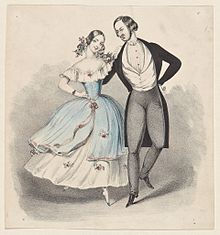
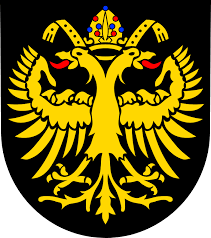

The Abbey Museum exhibits faithful reproductions or reproductions of a model of the most beautiful manuscripts produced in Echternach and offers an overview of the life and work of Saint Willibrord and the Abbey of Echternach.
Sadly, nothing else like the Museum Krems.
You might ask : "Is there also a Museum Echternach" ?
Yes there is, but...

The coat of arms shows the imperial eagle of the Holy Roman Empire of the German Nation, as do almost all territories with imperial immediacy in the Holy Roman Empire of the German Nation.
City (coat of) arms Echternach
City (coat of) arms Krems

Do you want to know more about the city Echternach ? Here are two PDF's that can help you to get to know more about the city.
